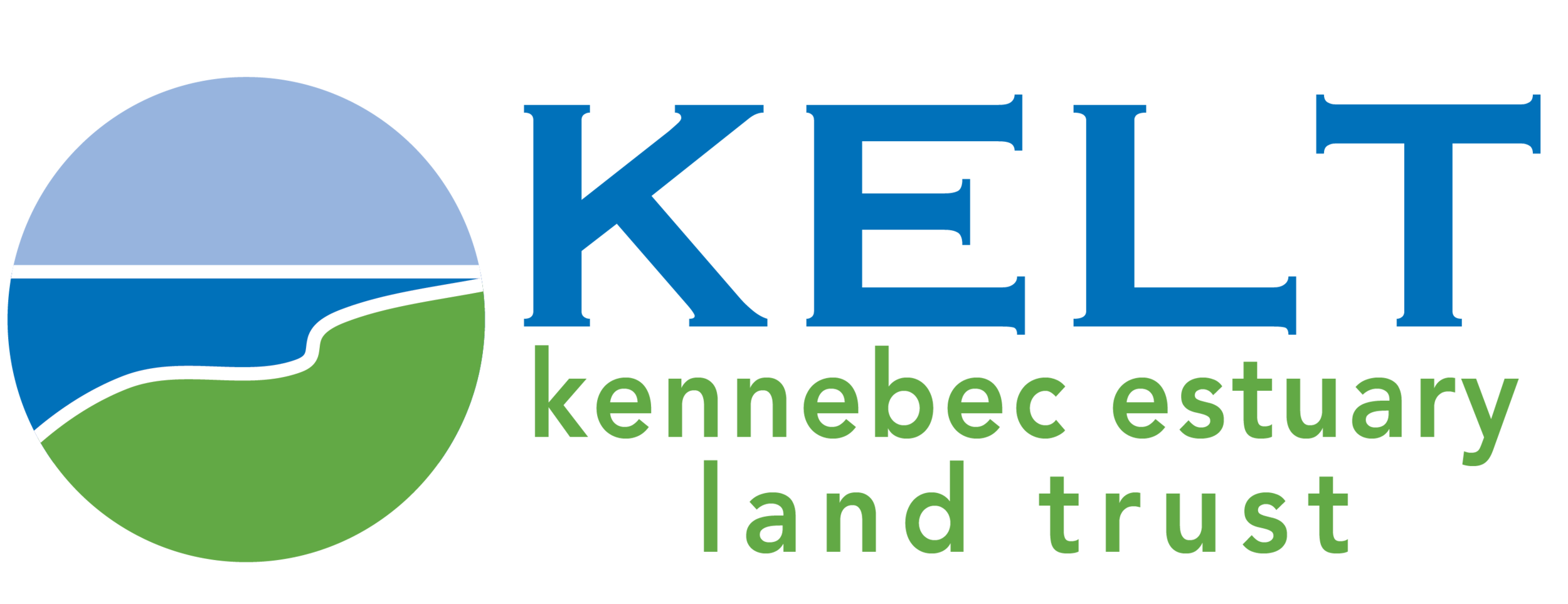Search for Smelt & Track Temperature
KELT is excited to be partnering with US Fish and Wildlife Service, Maine Department of Marine Resources, and Brunswick Topsham Land Trust to build a team of volunteers to monitor temperature and smelt in our region. For this program, volunteers adopt a stream site and visit the stream at least once a week during the smelt spawning season (early spring) to see if either smelt or their eggs are present. Because smelt travel at night, the surveys for the fish take place in the dark, by flashlight. The surveys for the eggs take place during the day at low tide. The volunteers also set up small temperature sensors at their site that automatically record the stream’s temperature every 30 minutes.
Maine’s smelt volunteer monitoring program was developed by a team from the Downeast Salmon Federation, the Maine Department of Marine Resources, The Nature Conservancy, and the Gulf of Maine Research Institute to learn more about where smelt spawn in Maine. It is set up as a project through the Gulf of Maine Research Institute’s Ecosystem Investigation Network, and the data local volunteers collect feed into this statewide effort.
The stream temperature monitoring is an exciting addition to the smelt surveys that provides important information about the conditions in local streams where smelt spawning is happening. The volunteer temperature monitoring methods were developed by US Fish and Wildlife Service and KELT, and our smelt volunteers will be testing them out for the first time in 2022.
KELT’s role is to coordinate and support the team of volunteers tracking smelt and temperature in the streams in our local region.
Why Collect Information about Smelt and Temperature?
Smelt are one of Maine’s iconic migratory fish. Their population numbers have been dropping and range has been decreasing in recent years. Smelt are coldwater fish that depend upon Maine’s cold waters to successfully grow and reproduce. They travel into Maine streams to lay their eggs when temperatures reach about 42 degrees F. There are hundreds of streams that flow to Maine’s coast, and the volunteer monitoring helps to identify which of these are able to support healthy populations of smelt. Monitoring temperature at these stream sites adds valuable information about the stream characteristics that support successful smelt spawning.
Resources for Smelt and Temperature Volunteers
Click the link below to find protocols and datasheets for monitoring smelt and temperature as well as the link to submit smelt survey data. You can also find recordings of the smelt and temperature monitoring trainings.
Maine’s Smelt Monitoring Program
Check out the link below to visit the Gulf of Maine Research Institute’s page about the state’s volunteer smelt monitoring effort. It includes great information about smelt characteristics and habitat, smelt monitoring methods, links to submit smelt data, and results showing when smelt were seen at different sites across the state.
View temperature results from across the state
The temperature information that volunteers gather is helpful for learning more about the local conditions where Maine smelt are spawning, but they are also useful for a much bigger network! The stream temperature information goes into a database of stream temperatures from sites across the northeast developed by US Fish and Wildlife Service and others. The link for stream temperatures below connects you with the SHEDS Stream Temperature Database, and the link for the temperature model links you to the Interactive Catchment Explorer which models how well streams are suited for fish based on their temperature.




